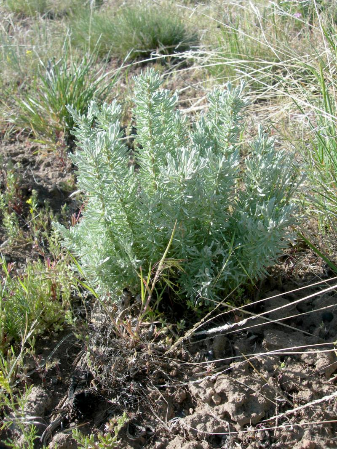From the Rocky Mountain Research Station:
Wyoming big sagebrush may not be the most eye-catching plant on the Great Basin’s rangeland, but it provides vital wildlife habitat and forage for numerous species such as the greater sage-grouse. Yet sagebrush is on the decline. Spreading invasive exotic annual species are contributing to more frequent wildfires on the range.

